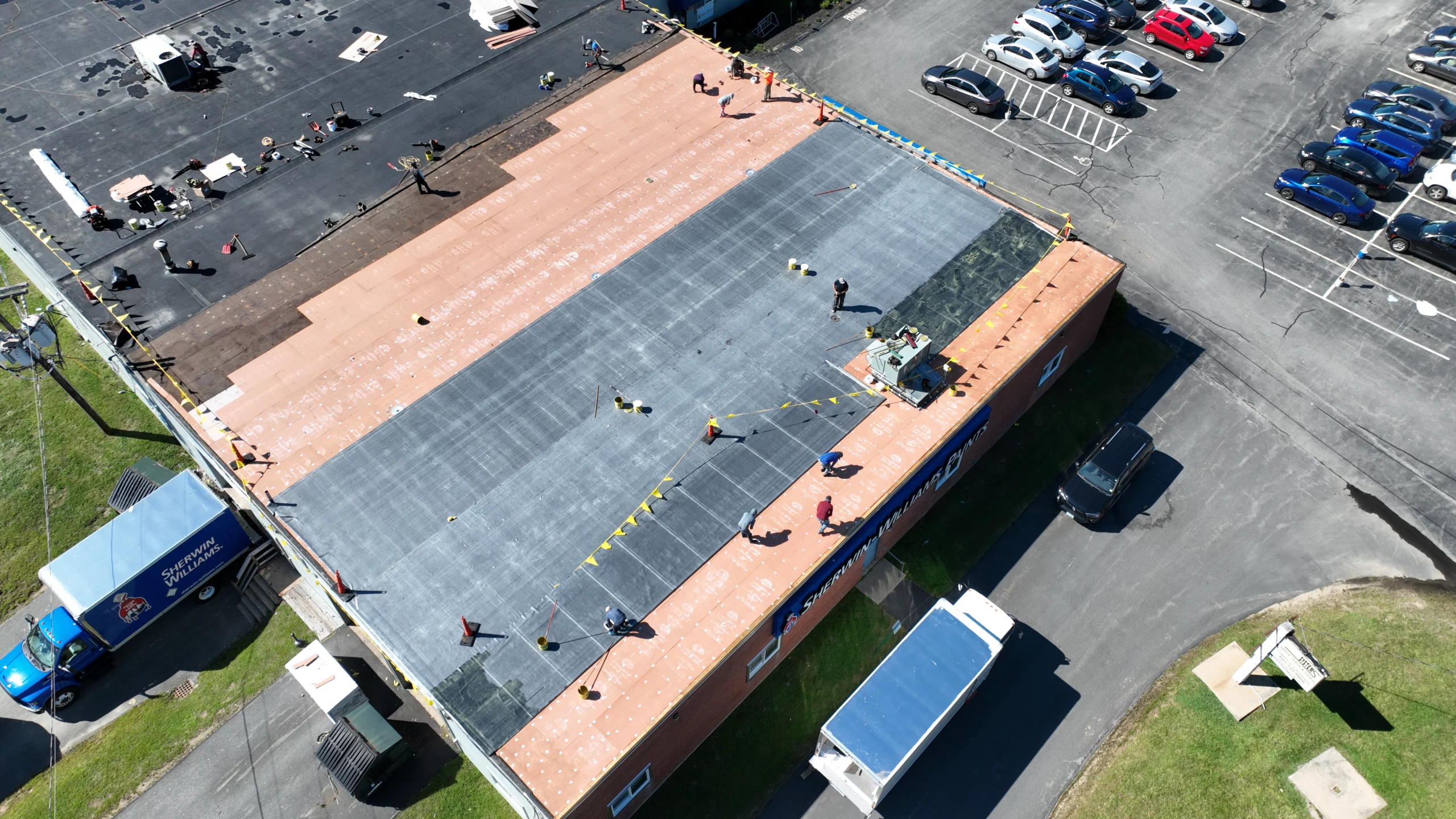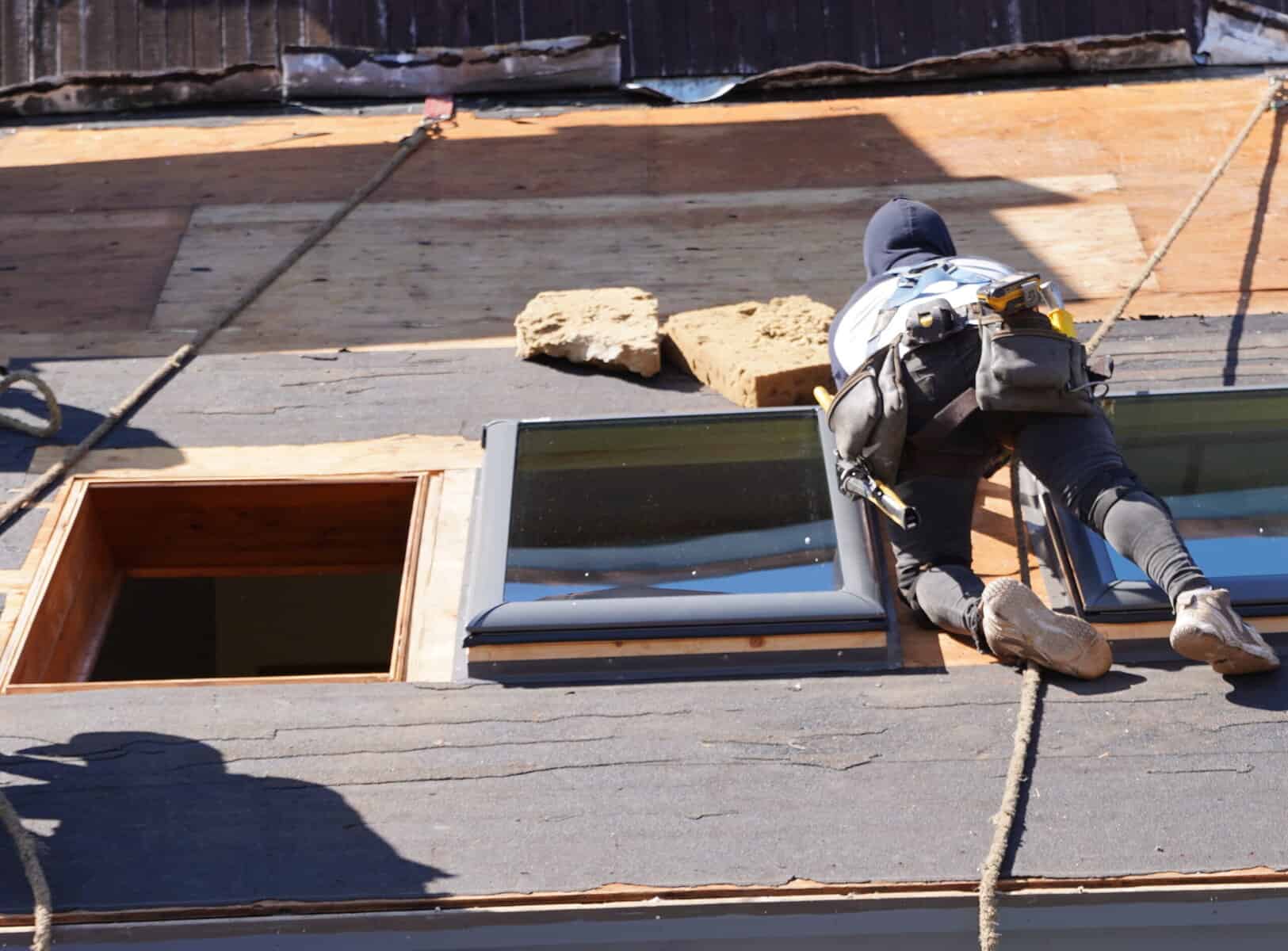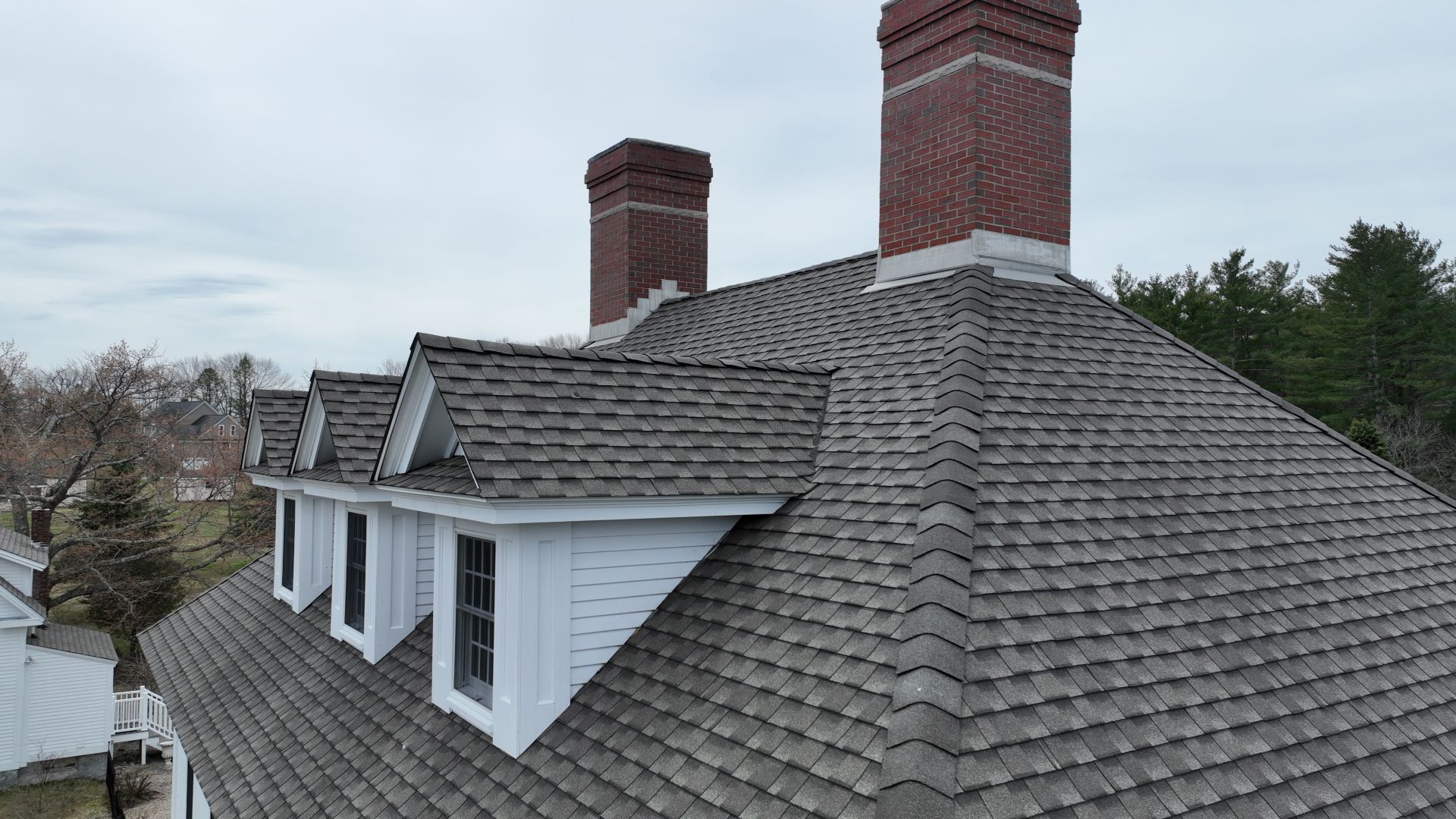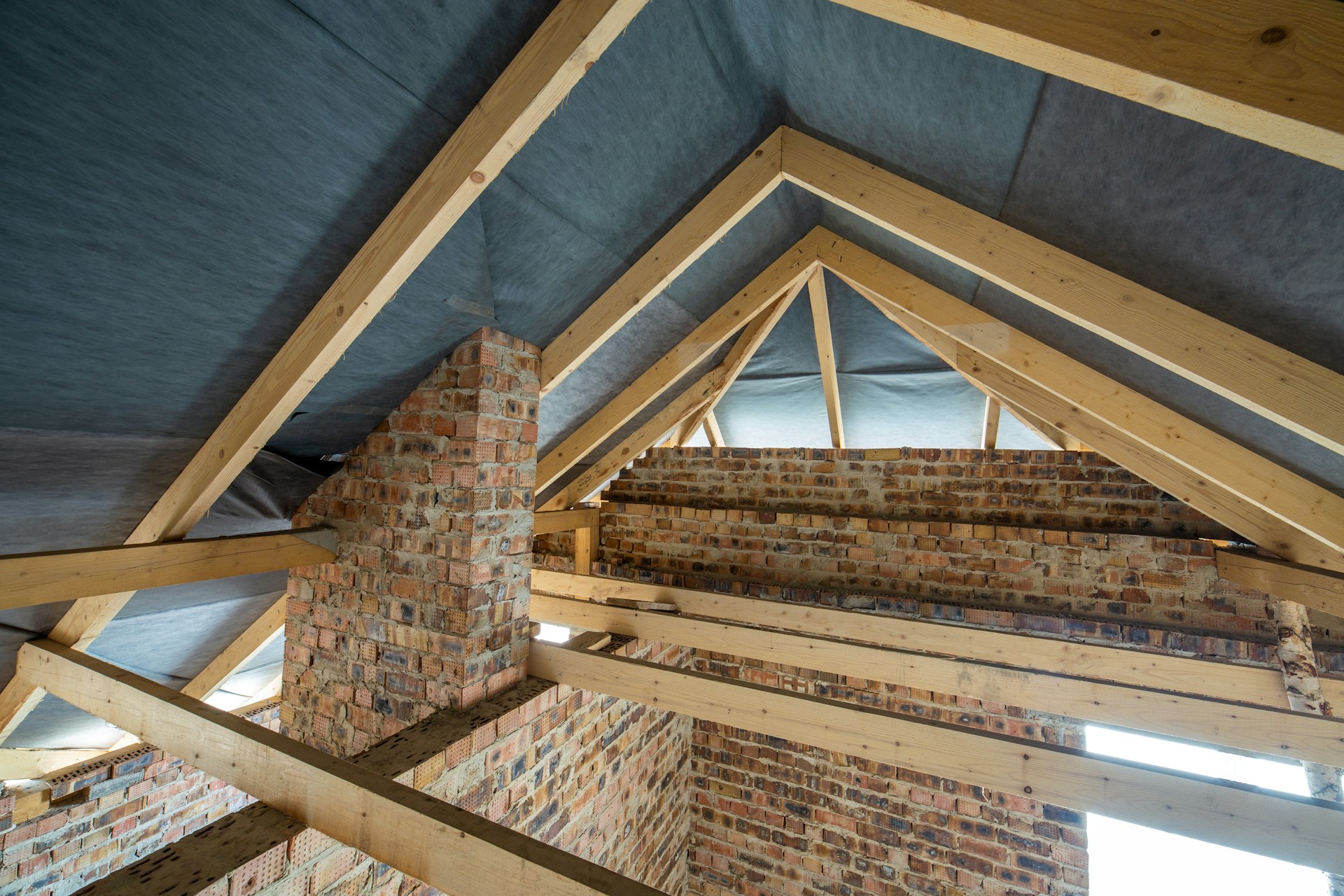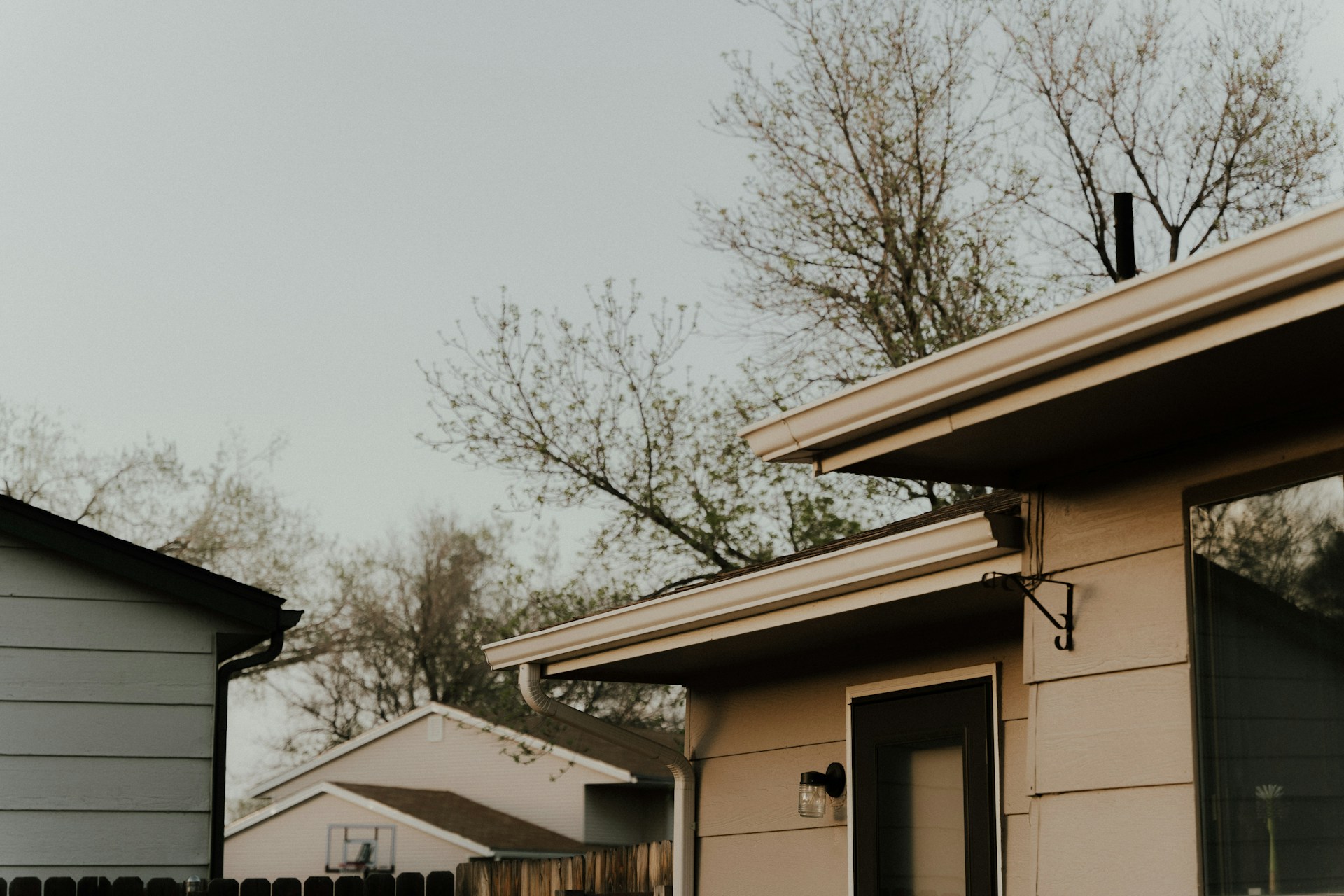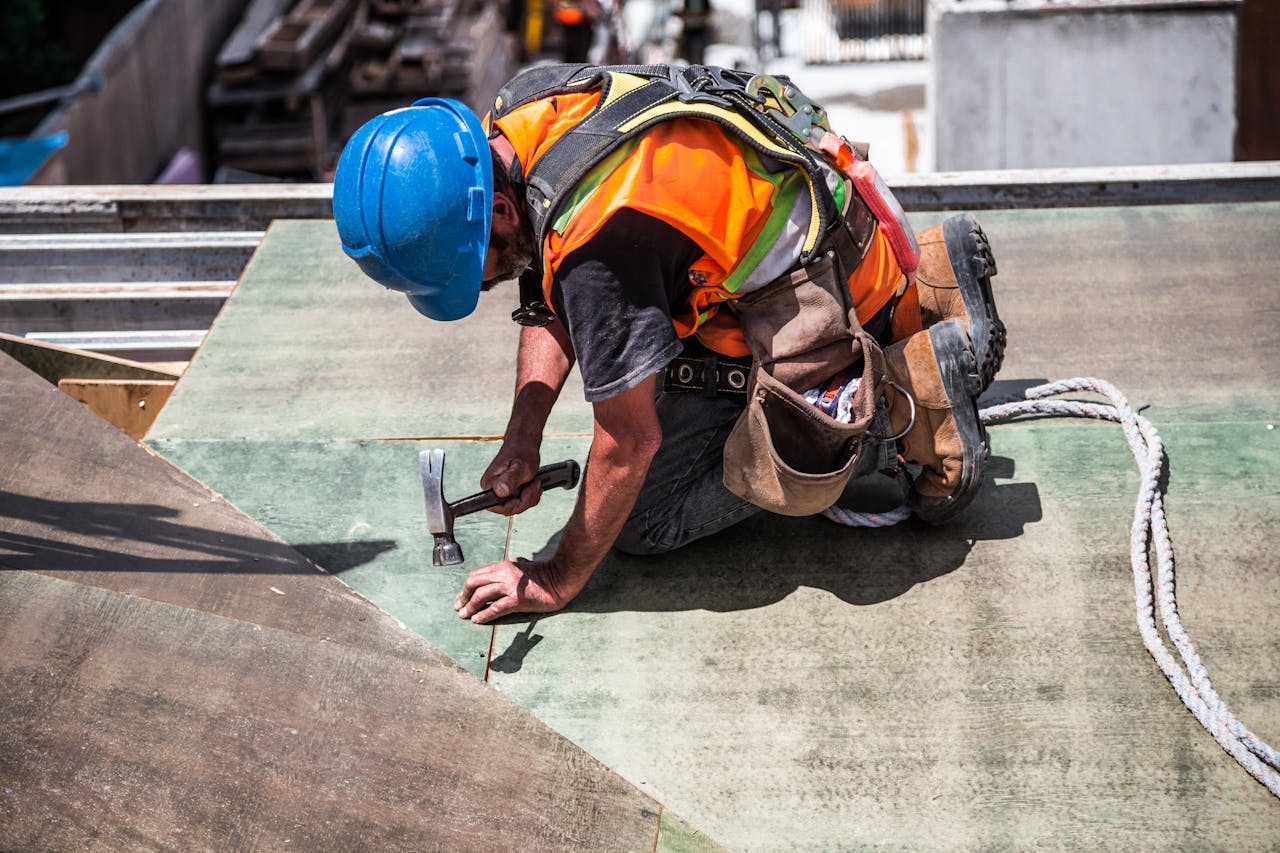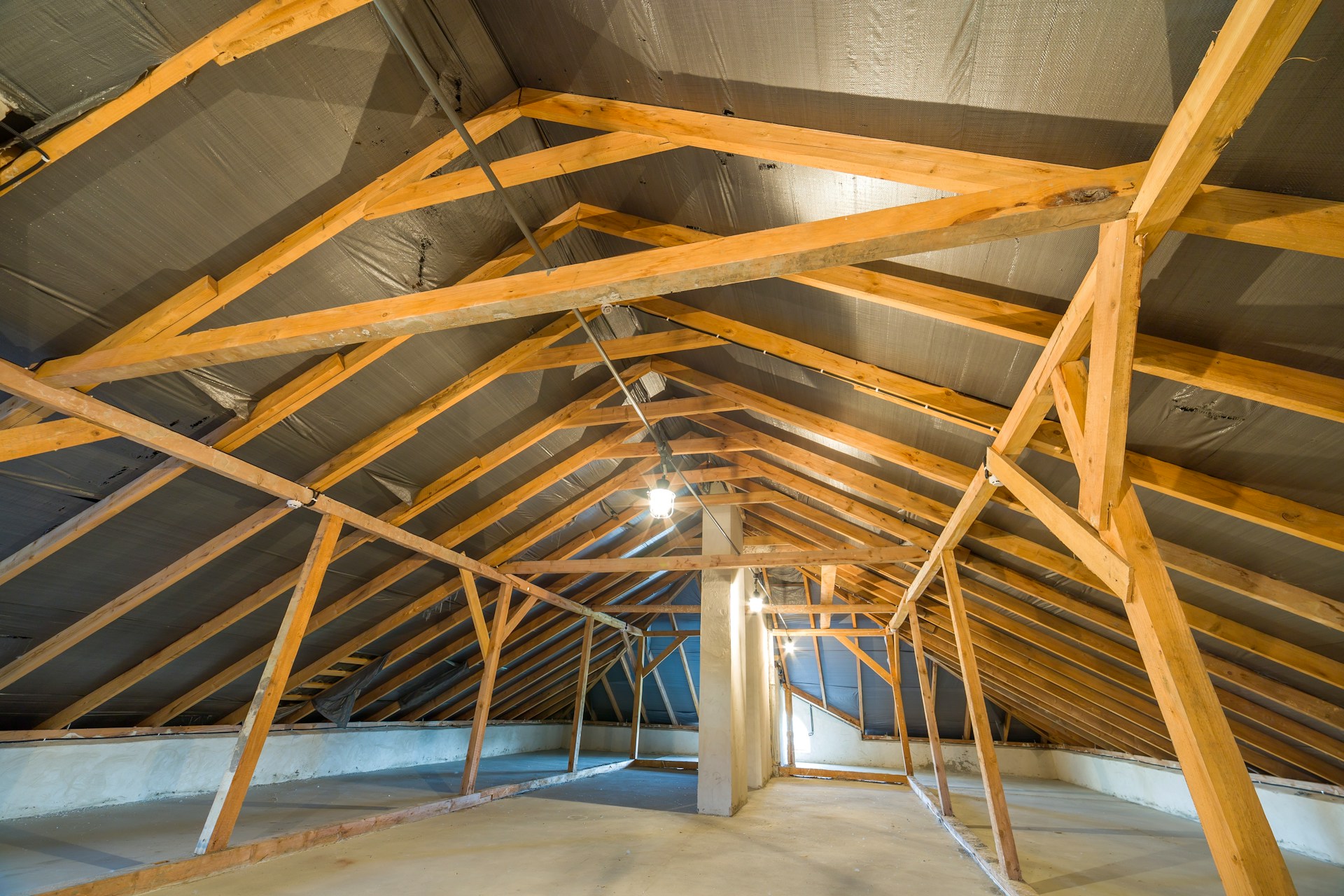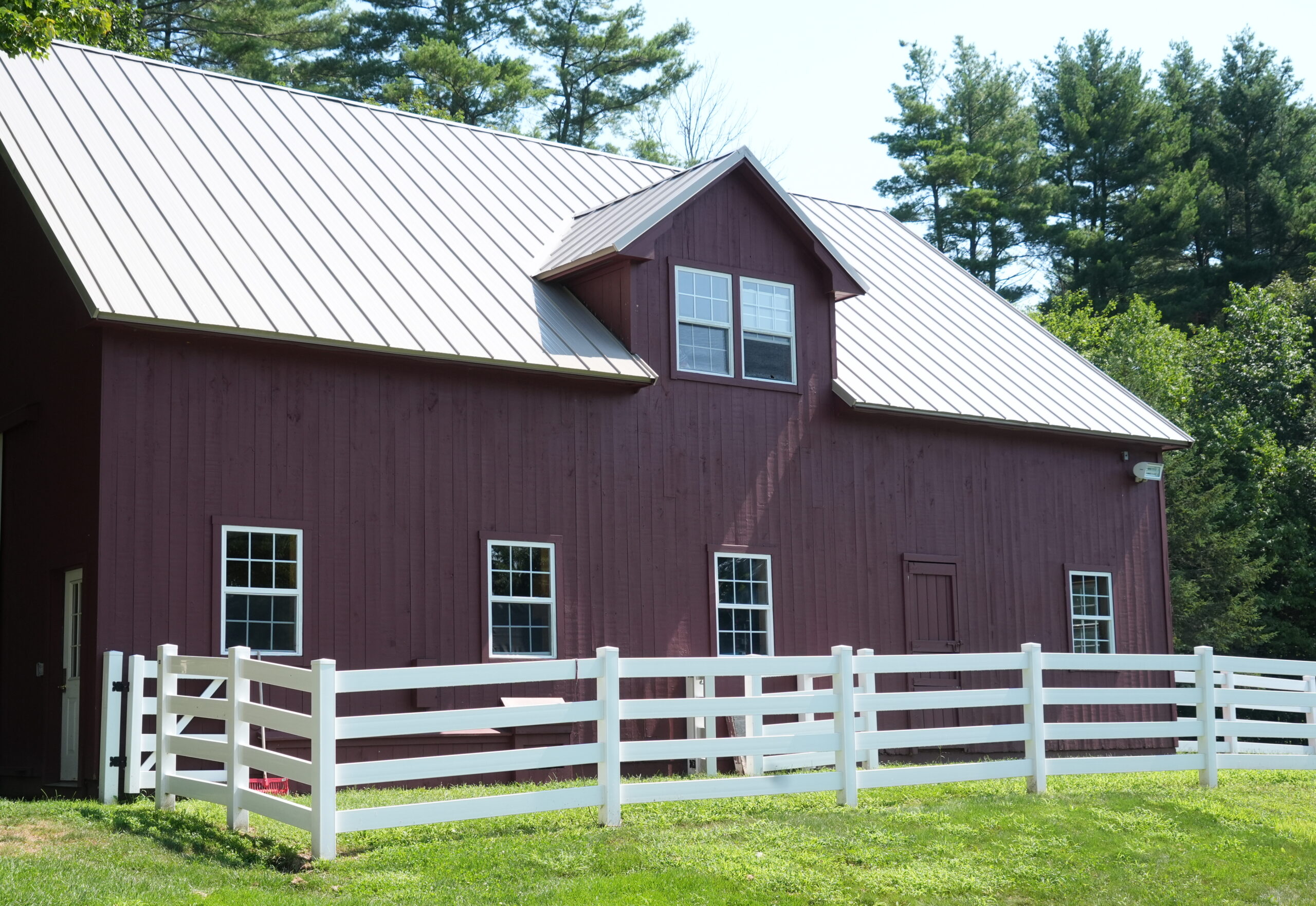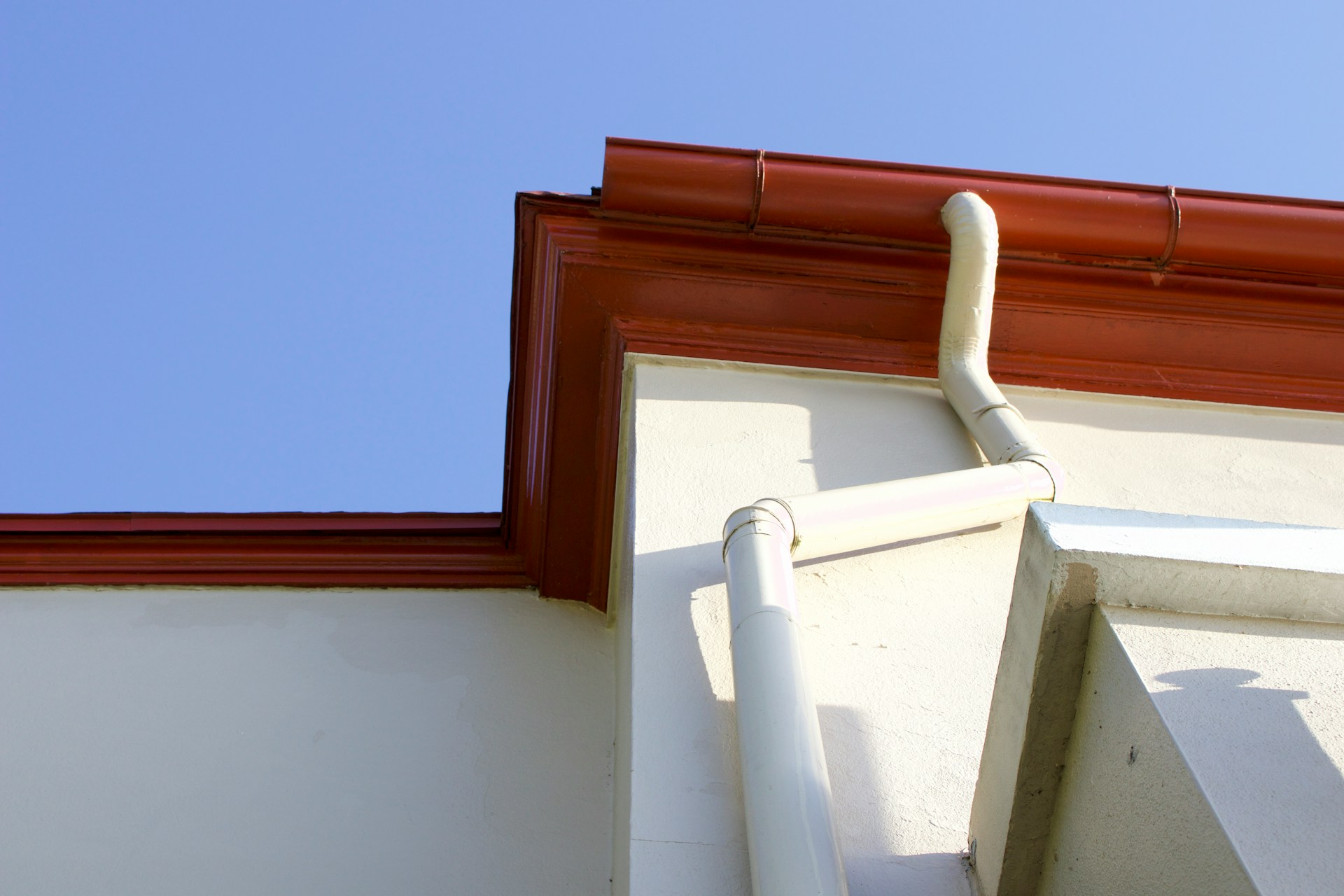Carlisle, a name synonymous with quality in the roofing industry. In places with unpredictable weather like New Hampshire and Southern Maine, having a certified roof can make all the difference. But what does this certification really mean?
Carlisle’s certification is not just a stamp of approval; it represents a commitment to providing long-lasting roofing solutions that withstand harsh climates. By choosing rubber roofing certified by Carlisle, you’re opting for a material that promises strength and flexibility, ensuring your home stays protected no matter the season. Let’s explore why this certification is so significant and how it benefits homeowners.
What Is Carlisle Certification?
Understanding the value of Carlisle certification involves recognizing the rigorous standards involved. Carlisle-certified products undergo extensive testing to ensure they meet the industry’s highest quality standards. This means they are exceptionally reliable and built to endure the toughest weather conditions.
Here are a few benefits of using Carlisle-certified rubber roofing:
– Proven Durability: Products that bear the Carlisle certification are known for their resistance to harsh weather conditions, making them a wise choice for regions with severe climates.
– Quality Assurance: The certification acts as a guarantee of quality, ensuring that your roofing material is among the best available.
– Expert-Approved: Carlisle-certified roofs are installed by trained professionals who understand best practices, ensuring that the integrity of the certification is maintained during installation.
– Long-Term Investment: With the benefits of durability and quality assurance, these roofs provide homeowners with peace of mind, knowing their investment is sound.
For example, with the unpredictable winters of New Hampshire, having a roof that can handle quick shifts in temperature without compromising on durability is a huge relief. Carlisle-certified rubber roofing provides just that, making it an advantageous choice for those looking to invest in stability.
Advantages of Rubber Roofing
When it comes to choosing the right roofing material, rubber roofing stands out for several reasons. Its reputation for toughness and efficiency makes it a desirable option. But what specific advantages does it offer, especially in challenging climates?
Rubber roofing is favored for its durability. Unlike other materials that can crack or deteriorate over time, rubber maintains its flexibility and strength, making it ideal for areas with extreme weather shifts. This makes it particularly suitable for homes in New Hampshire and Southern Maine, where weather conditions can vary significantly throughout the year.
Another advantage of rubber roofing is its admirable resistance to water. The material is designed to keep moisture at bay, effectively preventing leaks and water damage that might otherwise pose a risk to your home’s structure. This feature is essential for homeowners who wish to avoid the costly repairs associated with water intrusion.
Beyond that, rubber roofing contributes to energy efficiency. It helps to maintain a stable indoor temperature, reducing the need for excessive heating or cooling. This not only provides comfortable living conditions but also helps lower energy bills, which is an attractive perk for eco-conscious homeowners.
Overall, choosing rubber roofing certified by Carlisle offers a practical and long-lasting solution that can withstand the whims of Mother Nature, providing security and comfort throughout the year.
Installation Process
Putting a rubber roof in place is a methodical process to ensure it stands up to the environment. While DIY solutions might tempt some, especially those handy with tools, installing rubber roofing is best left to professionals who understand its intricacies. Here’s a quick look at the main steps involved:
1. Preparation: Before any work begins, the roof’s surface must be inspected and cleaned. This involves removing existing shingles or debris and making sure the surface is smooth and dry.
2. Laying the Membrane: The rubber membrane, often available in large rolls, is unrolled onto the prepared surface. It’s crucial that the membrane lies flat and free of wrinkles to prevent future issues with leaks.
3. Sealing the Edges: Using adhesives specifically designed for rubber roofing, the edges are carefully sealed. This step ensures water-tightness and protects the home from water damage.
4. Final Inspection: After setting, a final check is conducted to confirm everything is securely in place and that the roofing meets all safety standards.
Professional installation doesn’t just ensure the process is done right; it also extends the roof’s lifespan. Considering the weather fluctuations in New Hampshire and Southern Maine, where roofs are subjected to snow, rain, and sun, a well-installed roof is a sound investment.
Maintenance Tips
Maintaining your rubber roof is key to getting the best out of its lifespan. Regular check-ups can save a lot of time and expense in the long run. Here are some straightforward tips to ensure your rubber roof remains in top condition:
– Routine Inspections: Check your roof at least twice a year or after severe weather to spot and remove any debris, such as leaves or branches, that might have accumulated.
– Look for Damage: Check for any visible signs of wear, including cracks, blisters, or punctures. Address these issues sooner rather than later to prevent further damage.
– Drainage Systems: Ensure that gutters and drainage systems are clear and working effectively. Water pooling on the roof can lead to leaks over time.
– Professional Maintenance: Hire professionals to conduct a thorough inspection and maintenance of your roof periodically. They can apply seam reinforcements and address potential problems before they become costly repairs.
Taking these steps can help your rubber roof stay resilient, offering peace of mind in the ever-changing New England weather.
Secure Your Home with Carlisle-Certified Rubber Roofing
Investing in a Carlisle-certified rubber roof delivers more than just peace of mind; it offers a solid foundation of protection against the elements. With its proven durability, top-notch quality, and reliable maintenance tips, it’s easy to see why so many homeowners find it an attractive choice for safeguarding their homes.
Knowing that your roof can handle the unpredictability of local weather allows you to rest easy, focusing more on enjoying the comfort of your home. Indeed, when it comes to choosing a roofing solution that stands the test of time, rubber roofing certified by Carlisle stands out as a clear winner.
Ensure your home is protected from the unpredictable weather with a Carlisle-certified rubber roof. Whether it’s resisting harsh conditions or improving energy efficiency, a well-installed roof is essential. Trust the professionals at J. Carnes & Son Roofing for reliable services in roofing in New Hampshire. Contact us today for a roofing solution that guarantees peace of mind throughout the seasons.

